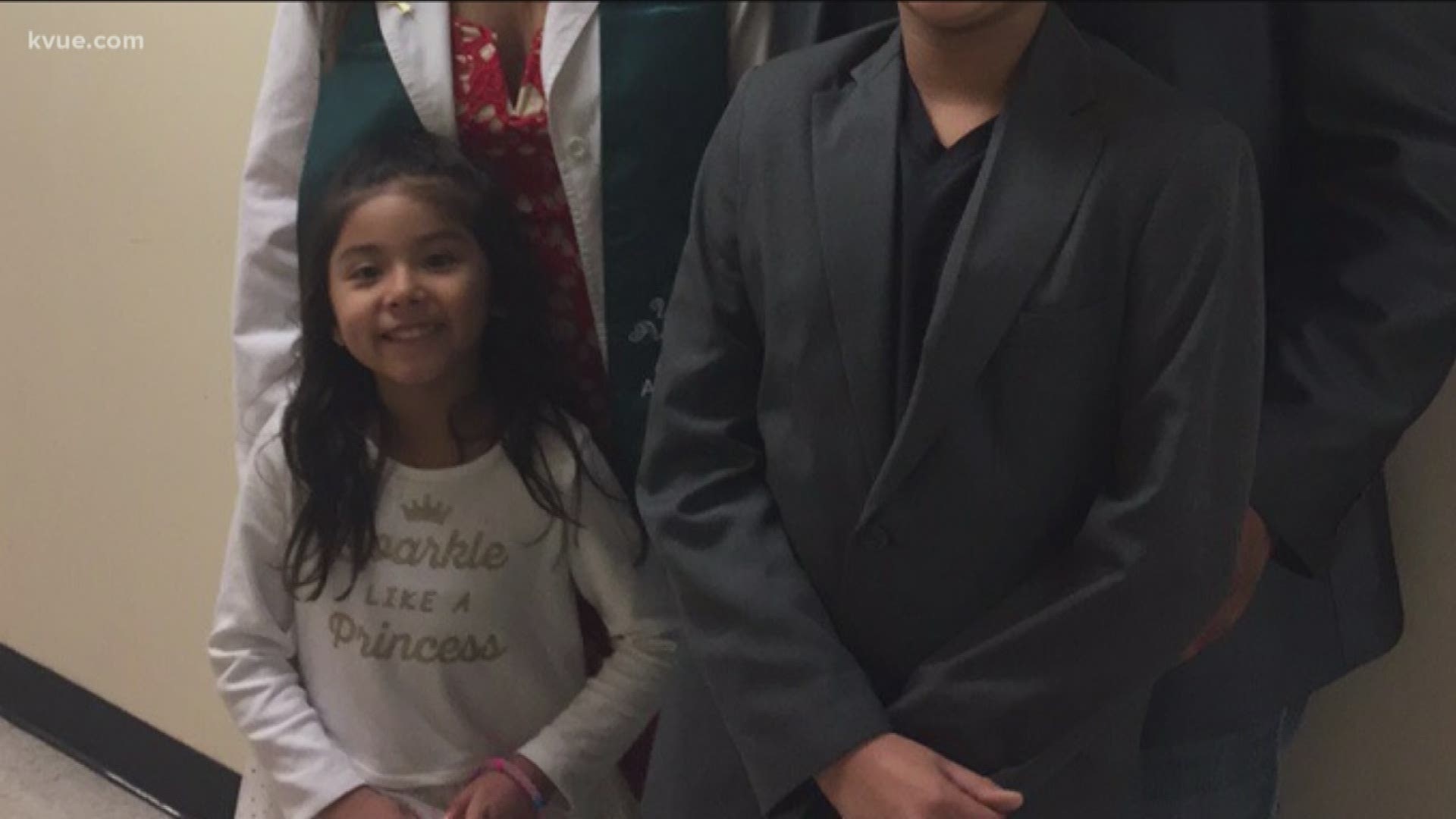“Poverty-wise, Dallas looks more like a TV dinner than a melting pot,” says Alan Cohen, the head of a brand-new non-profit which has the goal of reducing poverty in the city by half in the next twenty years. The Child Poverty Action Lab, CPAL, was unveiled by Dallas Mayor Mike Rawlings this week.
We all know, or think we know, what poverty looks like -- The run-down neighborhood, the homeless person, the family that needs a food bank to survive. But the scourge is multi-faceted. It’s a complicated ecosystem in which children are the endangered species.


Dallas is not a good place for kids, despite the booming growth and glittering construction that seem to be everywhere. Since the turn of this century, as the city grew by 4.4%, its poverty rate went up 42%. A couple of years ago Dallas was nearly tied with Philadelphia as having the highest child poverty rate in the United States. Now we’ve dropped a couple of notches down to number three, according to the Mayor’s Task Force on Poverty. Nonetheless, one in three children here grows up impoverished.
After studying Dallas’ poverty for three years, the Task Force on Poverty has all kinds of statistics on the scourge. Where you live is an indicator. A handful of zip codes have the highest number of teen pregnancies, incarceration rates, and single mothers. In some of those places, teen pregnancy rates are equal to Yemen and Afghanistan. “Where you’re born matters a lot,” says Alan Cohen, getting back to his TV dinner analogy. Wealthy people reside in the dessert section of the TV dinner tray. Poor kids live somewhere else. “Poverty and place,” Cohen says. “There is a link.”
Geography though is only an indicator, not the cause. Solving one aspect of the problem, like housing, will not necessarily solve the bigger ill, Cohen says. The condition has intergenerational earmarks that perpetuate the scourge. Kids growing up in poverty tend to be parents of kids who will grow up in poverty.
If you’re reading this and you live in the dessert section of the tv dinner tray, why, humanitarian criteria notwithstanding, do you care? “It’s not my fault and it’s not my problem,” you might be saying to yourself. Poverty, it turns out, is expensive. “Each child growing up in poverty has an average net-cost to our economy of $1.6 million through his or her lifetime,” according to CPAL. Ratchet that up to a societal cost and it works out to $1 trillion a year nationwide. On the other end of the scale, every $1 spent to fight poverty lowers future costs by $7, CPAL says.
There is no silver bullet or miracle drug to cure the scourge. What CPAL seeks to do is use data to produce incremental improvements to ease the problem. Case in point, the WIC program, which provides nutritional support to women, infants and children. Data shows that the majority of women eligible for WIC don’t use it. Data also shows that most eligible mothers don’t live near WIC centers that dispense the benefits. Solution: move the centers closer to their customers. It is just one small facet of a larger poverty ecosystem that includes housing, transportation, health care, education and nutrition to name a few.
CPAL is a coalition of public sector executives whose agencies provide services in all those areas. The hope is that armed with data, they’ll be able to work together to produce small solutions that as a whole will have a major effect. Cohen expects to deliver the first plans early next year.

